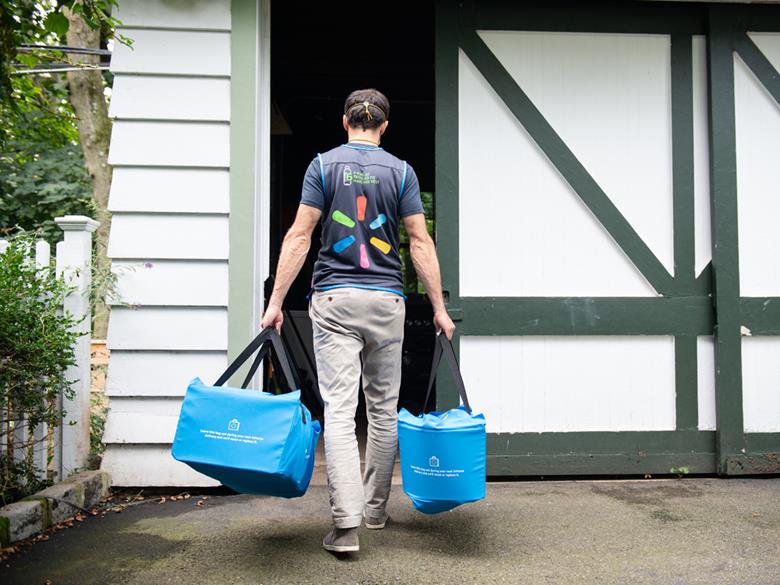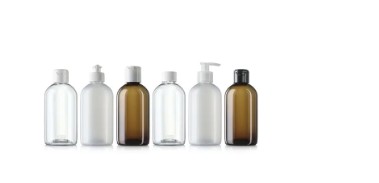How can we accurately measure the environmental and economic success of reusable packaging models? The creation of a common language and set of metrics is essential, says Mike Newman, CEO of Returnity.
There are several factors working together to make it an exciting time for reusable packaging: consumer interest, corporate action, government regulations, and media interest are all increasing. But in that rush towards our new “circular economy,” we lack a common language and set of metrics to assess program viability and success.
Without it, reuse will continue to struggle to get traction and risks a backlash as stakeholders start to understand the sensitive and potentially harmful impact of counter-productive reusable packaging initiatives.
All new product or service launches – traditional or circular economy – inevitably centre around volume: how many stores, brands, or customers are involved. It’s a straightforward and reasonable way of assessing scale, and if it isn’t scaling, it isn’t economically or environmentally meaningful.
But “how many” isn’t the best filter when considering reuse. To really understand if switching from single-use to a purpose-built reuse model is succeeding and scalable, you have to first ask “how often.” How often is the packaging being reused?
Why? First, reusable packaging is more expensive to manufacture than single-use. You need to utilize the asset sufficiently to make it economically competitive (unit economics matter!) Second, reusable packaging is worse for the planet than single-use – until it isn’t. Each reusable package needs to be used enough to justify the additional resources that went into the manufacturing of that more durable package, plus the collection, cleaning, and repositioning.
Put simply, if you get the packaging back “enough,” you have a chance to cross the economic, environmental, and operational threshold necessary for the initiative to truly scale.
So… what is enough? There is no one answer, which is part of the challenge. Life cycle assessments (LCAs) will typically start by looking at the existing single-use package and consider the material composition, manufacturing process, distance the product travels from the point of manufacture to the customer, recycling location and recycling rate, and more. Those same data points apply to reusables – plus the return logistics and cleaning impact.
It’s common for companies to avoid giving a simple answer around the rate of reuse for their products. They might tell you how many times it can be reused (i.e., the lab-assessed durability) or how many times a specific package was reused (i.e., we had a refillable container returned 23 times), but lab testing and outlier behavior don’t matter. You have to look at the overall program results.
For shipping packaging, most LCAs suggest you need to get at least seven to ten use cycles in a reusable to see a net benefit, while reusable cotton tote bags may need to replace hundreds of single-use plastic bags. LCAs aren’t a perfect tool, but they are useful in defining the required baseline of reuse for the packaging to succeed.
The truth is that reuse statistics are fairly unforgiving. Getting those seven use cycles requires an average return/reuse rate of 86%. For ten cycles, you need a 90% or greater return rate. At Returnity Innovations, we prioritize programs that hit a 95% or greater return rate, which translates into the packaging being used for 20 cycles. Yet consumers and the media often praise programs reporting a 67% or lower reuse rate, likely because they are unaware that it translates to just three average uses per package before it is landfilled or recycled.
When reading coverage around reuse, I’d therefore encourage you to look for three distinct data points:
1. What reuse rate is the initiative getting? If they sent out orders in 100 reusable shipping bags, what percentage were shipped back? If they sold 100 refillable shampoo bottles, what percentage were brought back and refilled?
2. What would LCAs suggest is the necessary rate of reuse to make this an environmentally net-positive alternative to single-use?
3. What are the program trend lines, and over what timeframe? New initiatives won’t be perfect out of the gate, and we need to experiment. If a program isn’t at the reuse level it needs to be viable today, when do they expect it to get there, and how?
This is becoming more critical than ever now that regulations are mandating reusable packaging in markets around the world. The intent is noble, but until we start to differentiate between putting products in reusable packaging and reusing reusable packaging, we risk making the problem worse, not better.
Some of the original reuse initiatives have been in the market for five to ten years or longer. If those approaches haven’t yet crossed a baseline reuse-rate threshold, then all stakeholders, including the media, public, and reuse companies themselves, should have a frank dialogue around what it will take to get there, and use the simple and transparent metrics necessary to make that determination.
Source:
https://packagingeurope.com/comment/how-to-measure-reusable-packaging-success







